Cape Town - From Rest Stop to World Class City
![]()
On a fine day in April, 1652, Jan van Riebeeck sailed into Table Bay. He and his crew of ninety had been directed by the Dutch East India Company (VOC) to establish a rest and re-supply stop for trading ships traveling to East Africa, India and the Far East. He and his crew established gardens for fresh fruit and vegetables, and made arrangements to procure fresh water and meat from the local Khoikhoi people. In a few years, there was a fort, a jetty, a hospital and a small colony of Europeans plus slaves imported from the East Indies and Central Africa. And so, Cape Town was founded and became the first European colony in South Africa.
In the 360 years since, Cape Town has become a diverse, cosmopolitan, sophisticated city of 3,740,000 people. The origins of Cape Town's diversity began with the native Khoikhoi and San people, followed by the early European colonists, the slaves transported from other lands, and immigrants who arrived over the centuries. Today, the population includes about 82.4% black and coloured, 1.6% Indian and Asian folks, and 16.0% white folks.
With the Table Mountains rising above the city and the deep blue waters of the Atlantic Ocean stretching from Table Bay away to the horizon, the city's setting is spectacular.
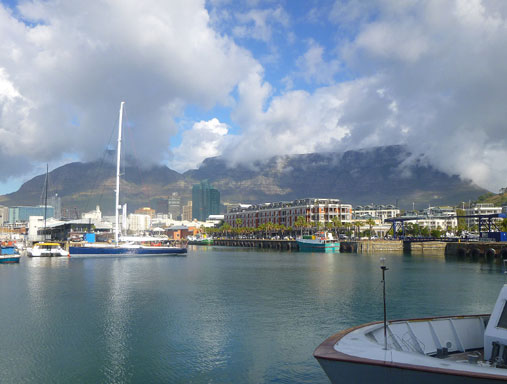
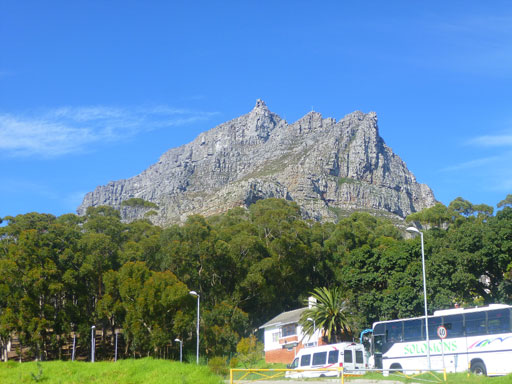
We decided to stay in Observatory, a close in suburb on the MetroRail with a comfortable hostel and several friendly cafes plus a food store and other shops.
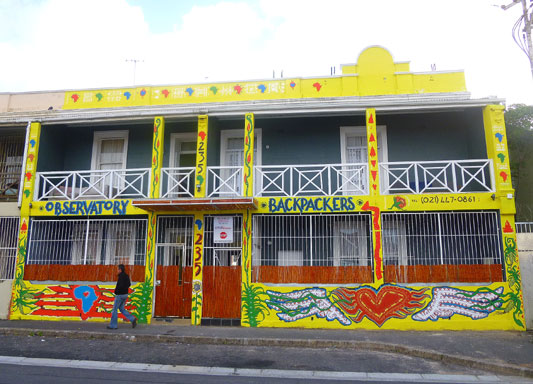
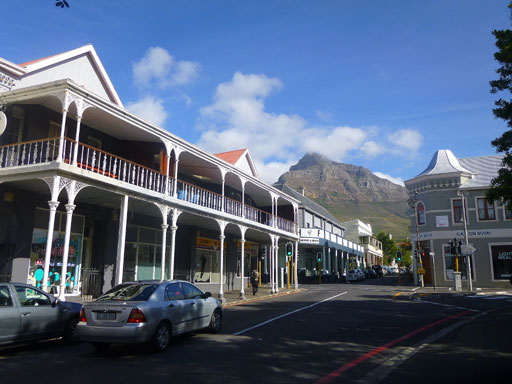
Most days we would travel by MetroRail into the Central Business District (CBD) to explore the city. On our first day, we walked from the station to the Visitor Info Center where we picked up a map and asked about the MyCiti bus system. Walking on, we observed that the buildings included an eclectic mix of historic and modern architecture, the sidewalks were filled with people, and stalls offering goods of all sorts are everywhere. We were adjusting to being a minority among the primarily black crowds.
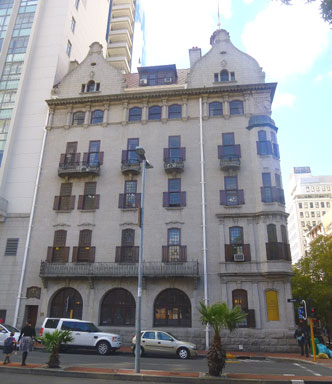
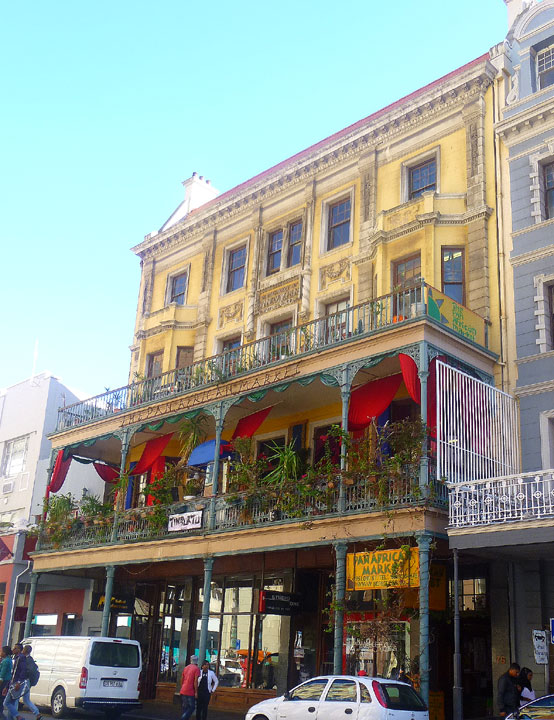
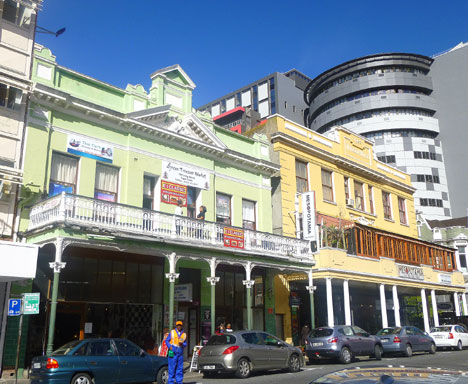
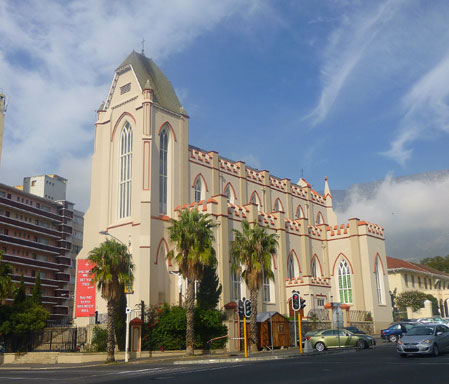
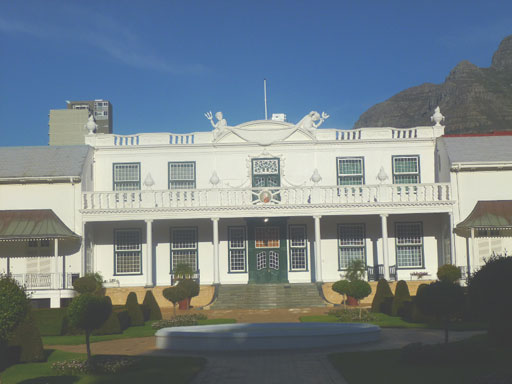
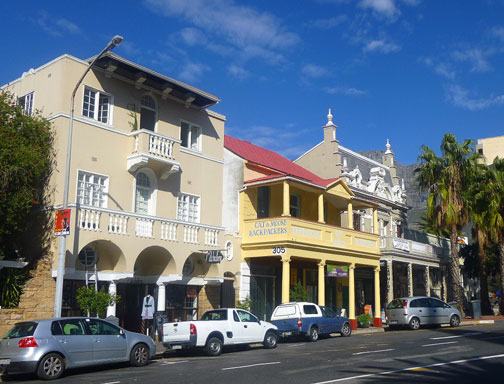
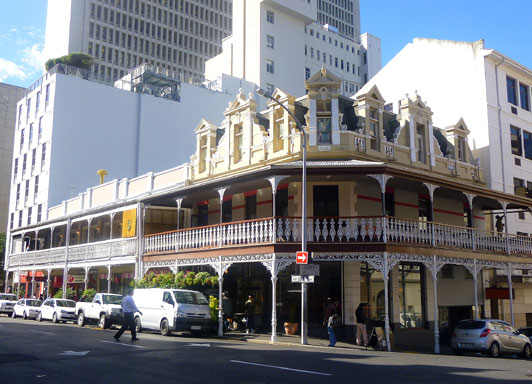
We began our exploration with a walking tour, hearing the stories from Stian, our guide, of early Cape Town and admiring
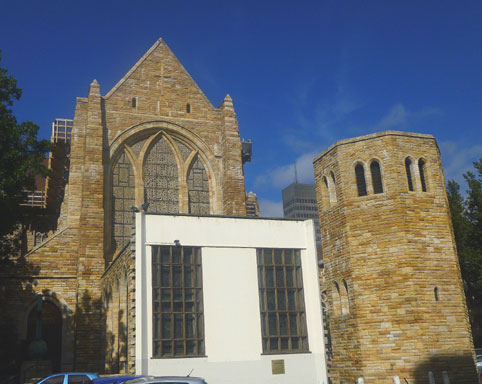
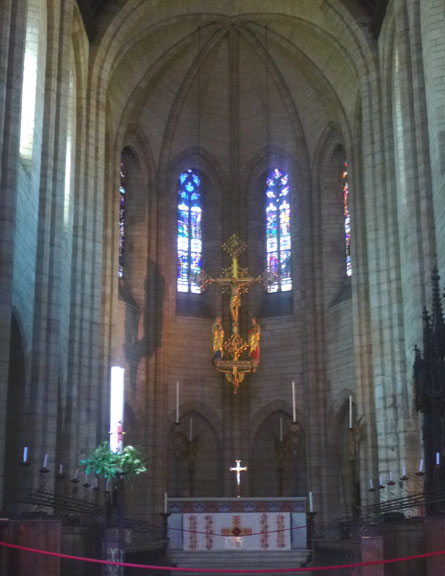
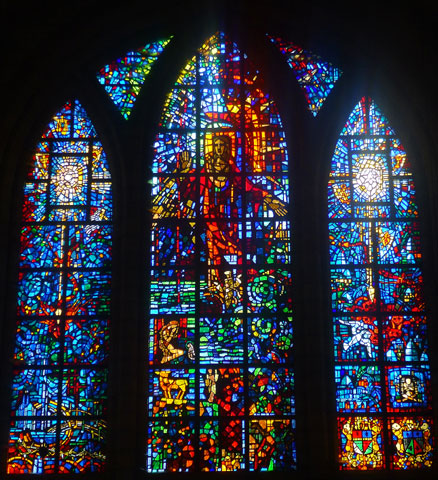
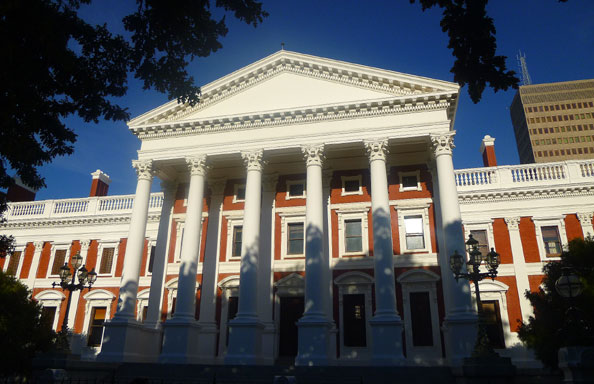
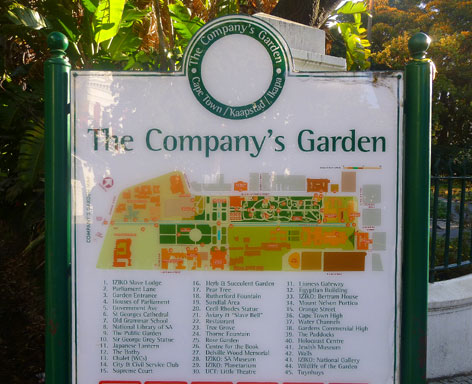
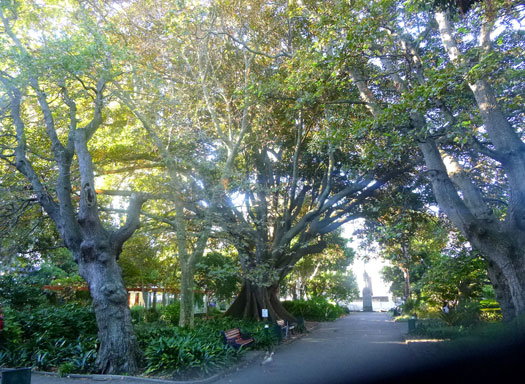
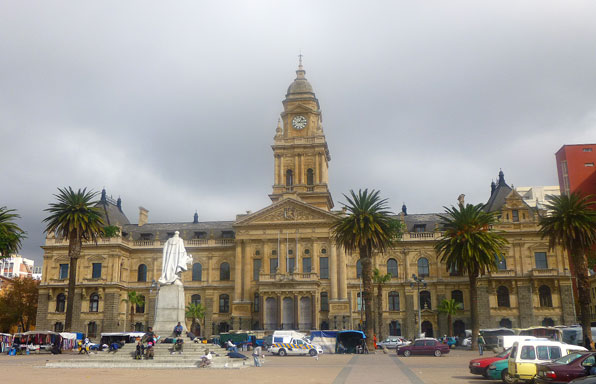
Feeling more oriented, we walked to the Civic Center where we bought a MyCiti card for the buses and then returned to the Metrorail station to ride home to Observatory.
On the following days, we returned to CBD to visit the Iziko Slave Lodge, the South African National Gallery, and the South African Museum. Each visit added other pieces to the puzzle that was South Africa for us.
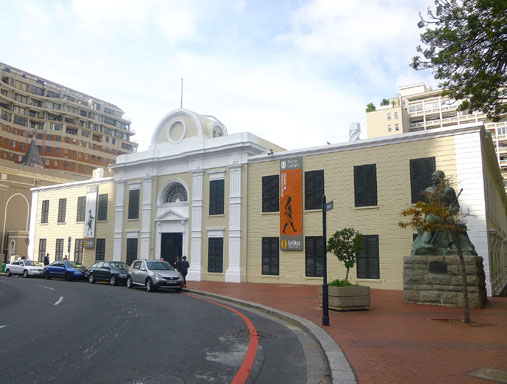
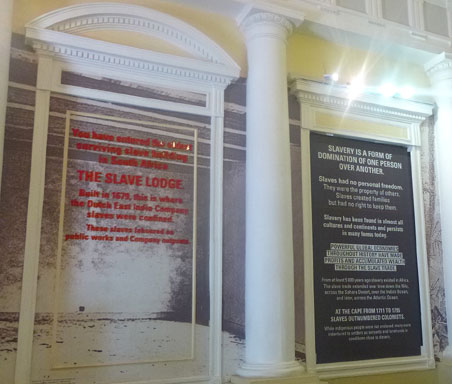
Now a museum, the exhibits tell the stories of the hellish voyages and the distressed lives of these slaves. A special additonal exhibit featured the life and work of the African National Congress leader and politician, Oliver Tambo. Tambo, along with Nelson Mandela and Walter Sisulu were founding members of the ANC Youth League in 1943. Tambo headed the ANC's Mission in Exile and lead the efforts in mobilizing opposition to apartheid internationally, including the US in the 1980s.
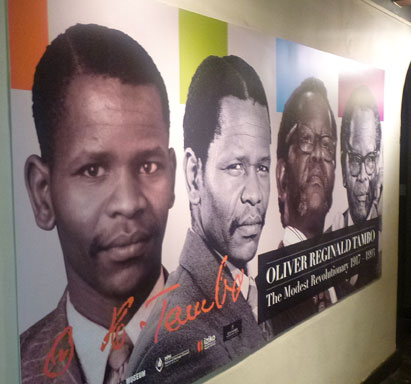
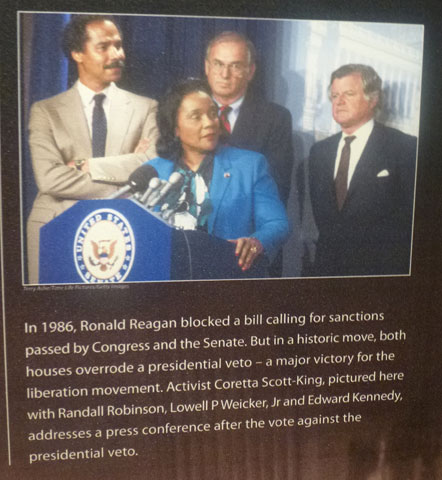
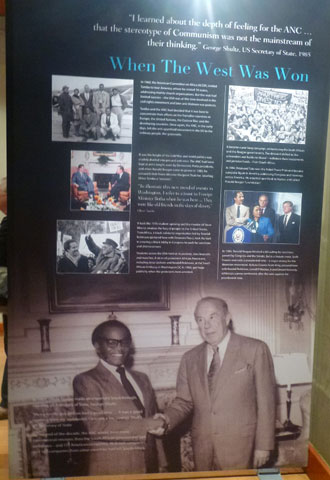
Other exhibits described the beginning of the Apartheid era, which began in 1948, and how the (white) National Party took power, and passed laws that prescribed that everyone who was not white was to be systematically segregated, moved away, and oppressed. . We realized how ignorant we were about these aspects of the history of South Africa's Apartheid era. Why weren't we more aware, we asked ourselves!
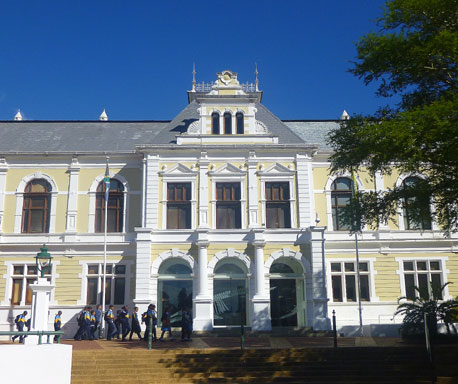
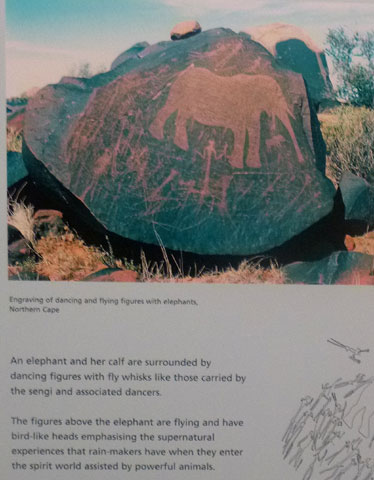
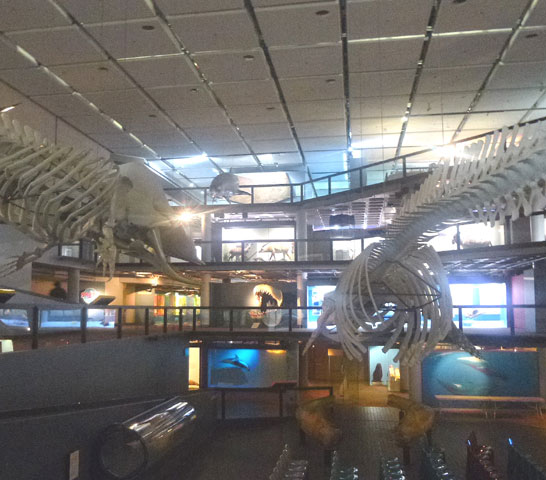
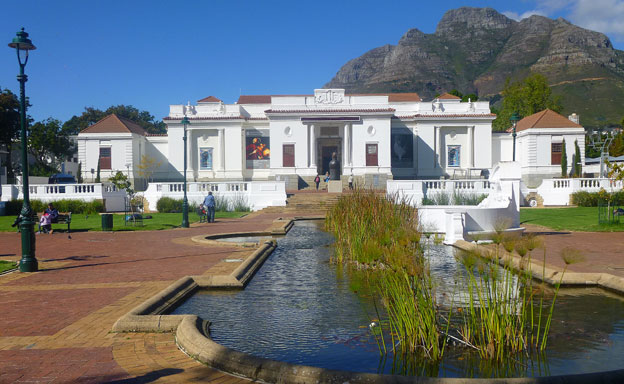
Since 1994, when Apartheid ended, efforts have been ongoing to restore the land to the original owners but this has been a difficult process. The Cape Technikon, now Cape Penensula University of Technology, was built on part of the site along with a few residential buildings. Much of the remaining land remains vacant.
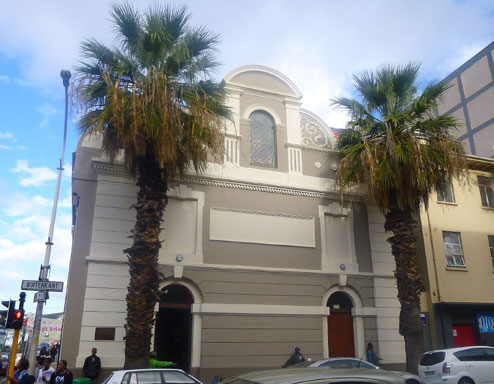
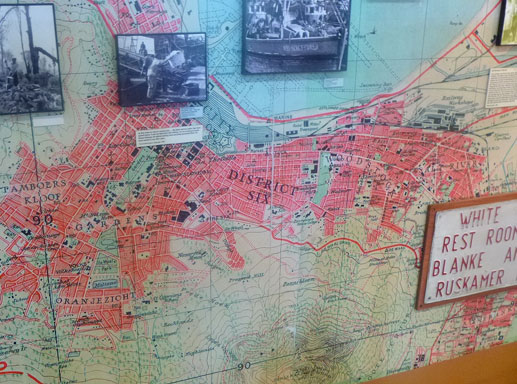
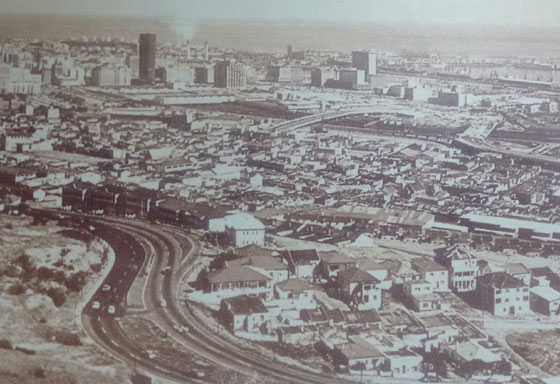
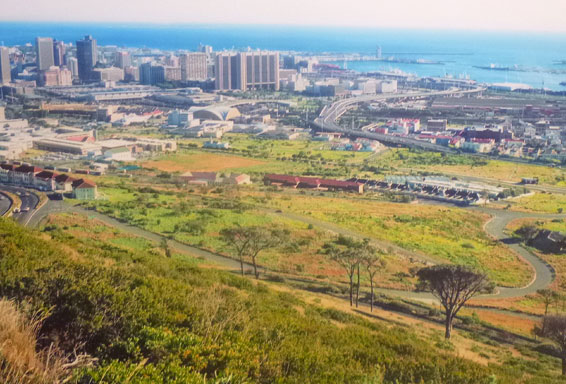
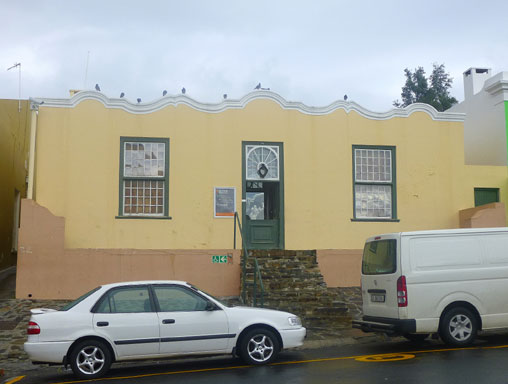
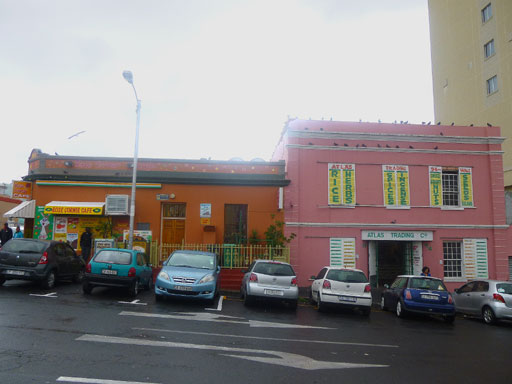
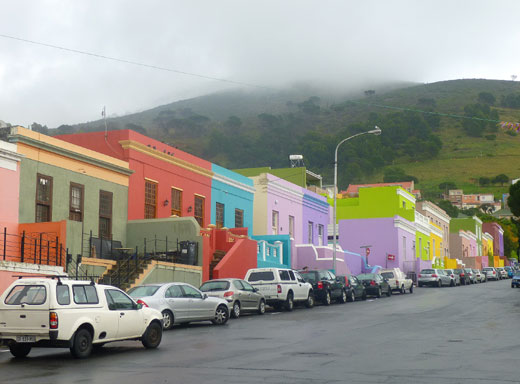
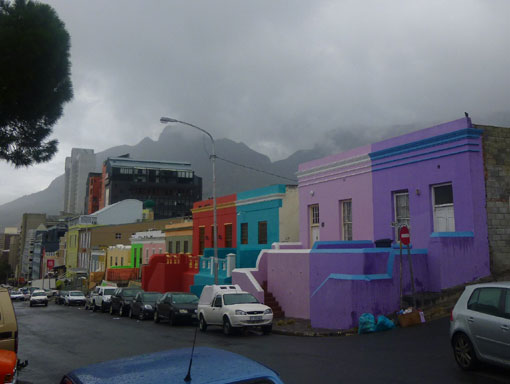
A visit to Cape Town would not be complete without a walk through the Victoria and Albert Waterfront. Adjacent to the modern port, the original jetty and harbour have been restored and developed into a visitor destination with an aquarium, shopping malls, hotels, cafes and restaurants, entertainment and tours.
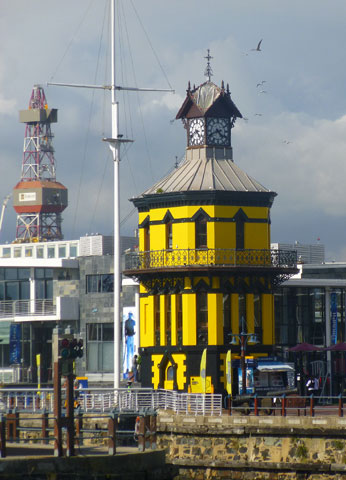
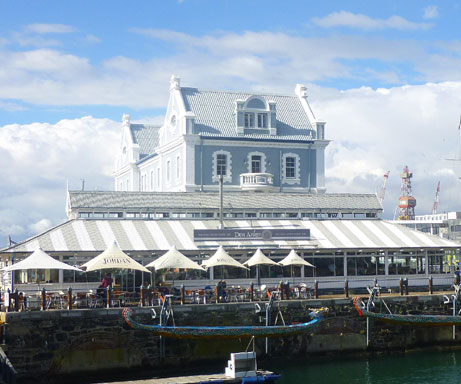
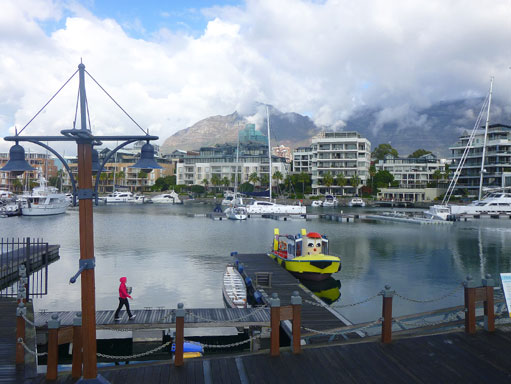
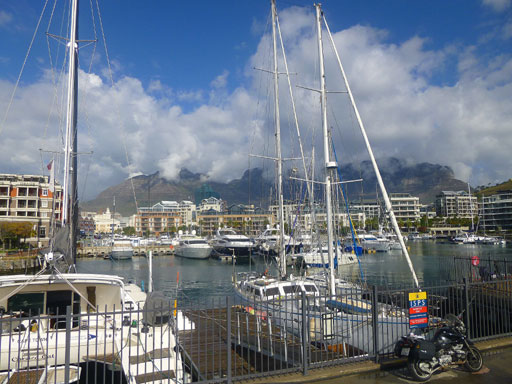
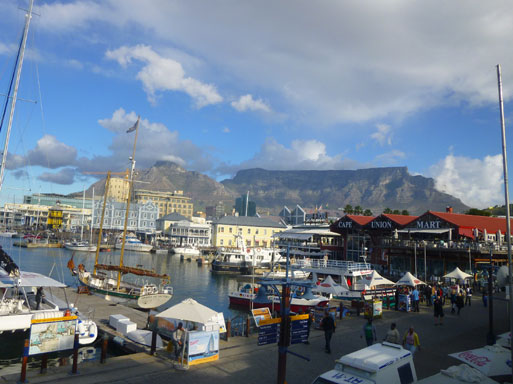
One afternoon, we strolled there, visiting Nobel Square to pay hommage to Nelson Mandela, F.W. de Klerk, Desmond Tutu, and Albert Luthuli, South Africa's four Nobel Laureates, admiring the historic buildings and basins, and listening to the lively music of a traditional marimba band.
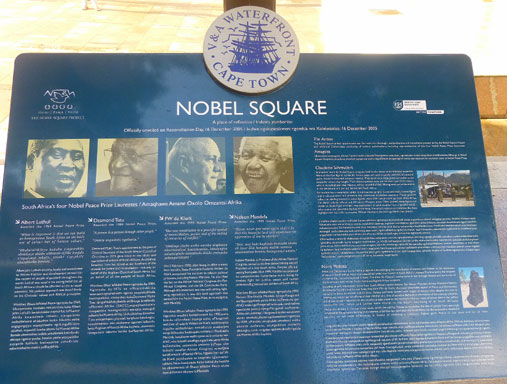
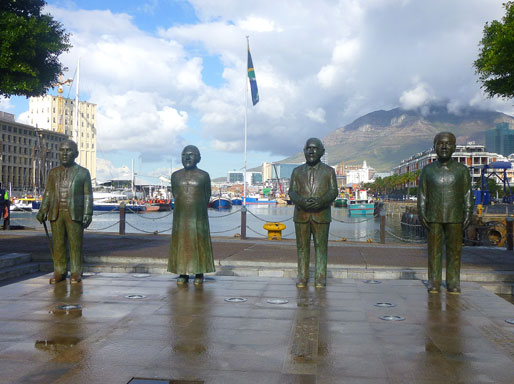
Simons Town, offered a lovely day out from the city. The MetroRail heads south through a series of suburbs to the east side of the Cape Peninsula and then along the edge of the bay, a lovely ride! Simons Town was once a fishing village, and then and now a naval base.
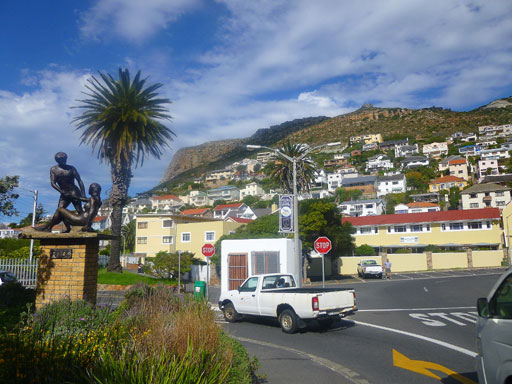
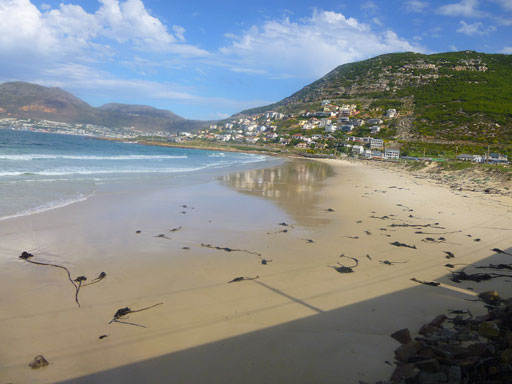
In 1983, a pair of African Penguins settled on Boulders Beach, just south of town. Their colony grew and today has been incorporated into Cape Peninsula National Park. Their human neighbors endure the invasions of penguins into their gardens and large numbers of visitors wishing to see the birds, but they are multiplying and thriving here. They are very endearing to watch.
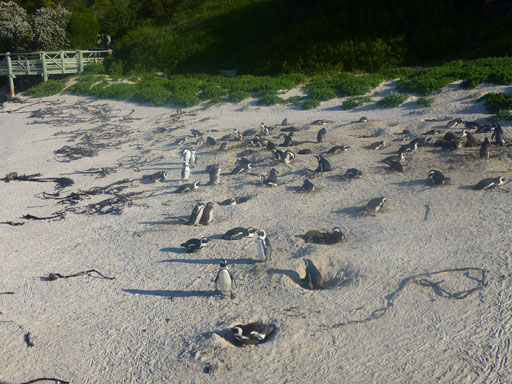
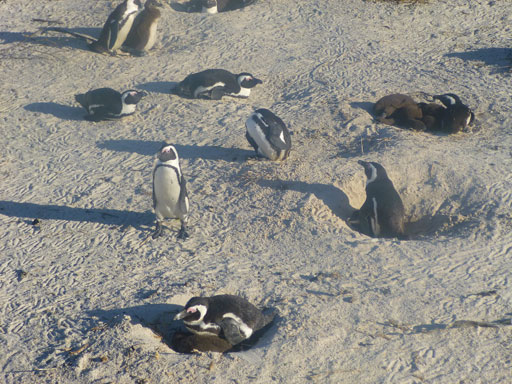
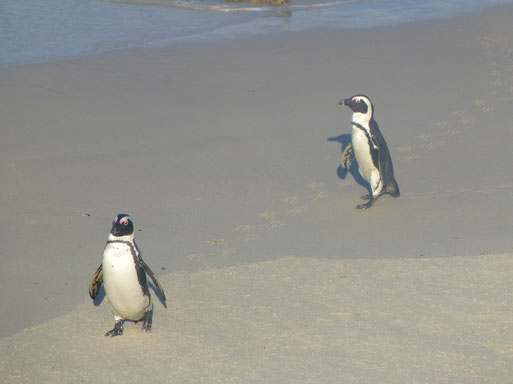
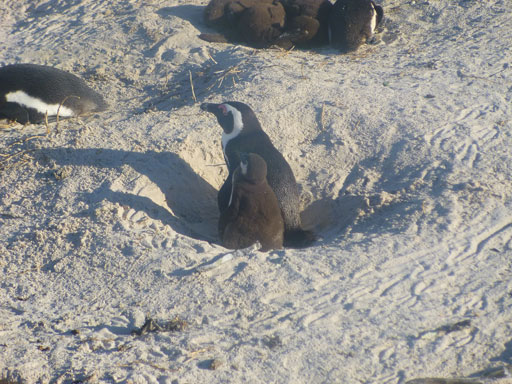
Another expedition took us by MyCiti bus along the west coast of Cape Peninsula (top two pictures) through Camps Bay (middle two pictures) and on to Hout Bay (bottom two pictures). These suburbs, with their sparkling white sand beaches, vivid blue water and plenty of shops and cafes for hanging out, offered a fun day away from the city. Would it be fun to live along here, we wondered?
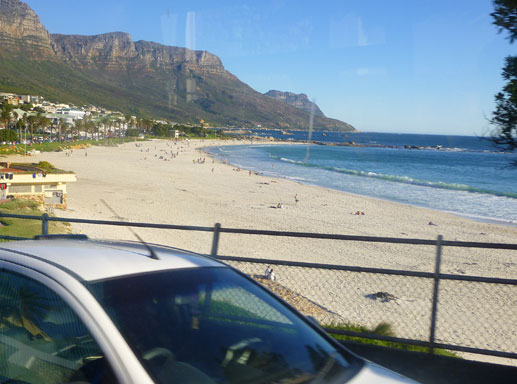
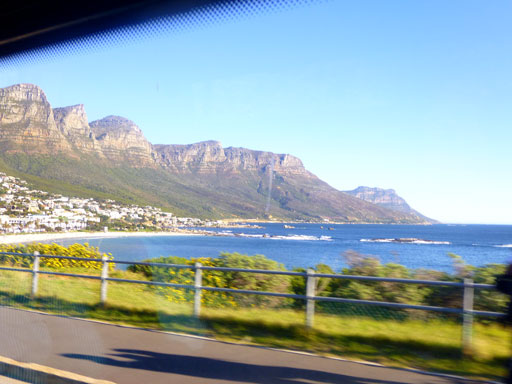
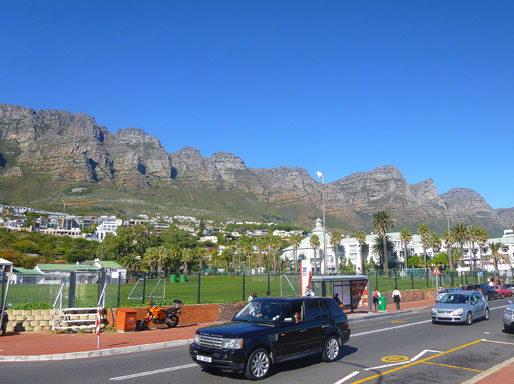
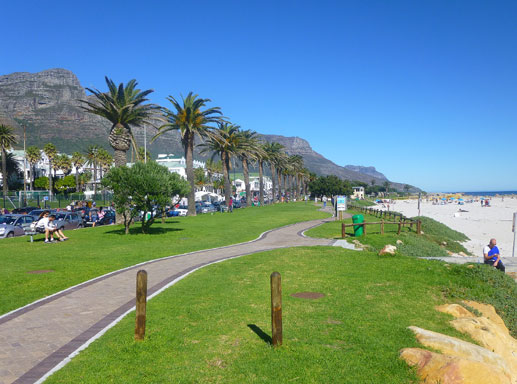
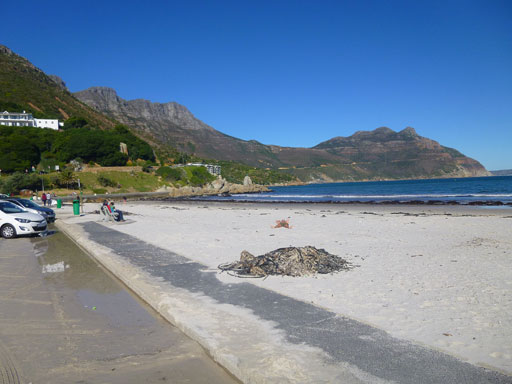
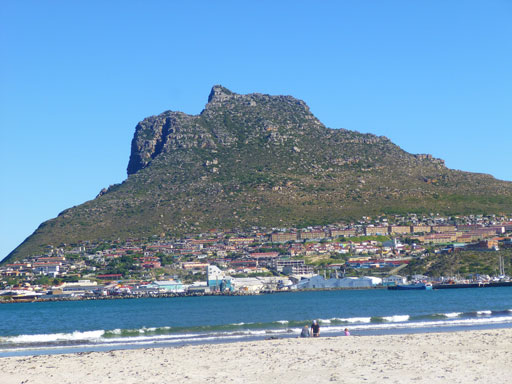
The cableway to the top of Table Mountain was our final expedition. This wild ride and walking the trails around the mountain top offered spectacular views in all directions, as well as encounters with dassies, the cute critters who hang out and beg for goodies, and botanic wonders unique to this rocky, windy habitat.
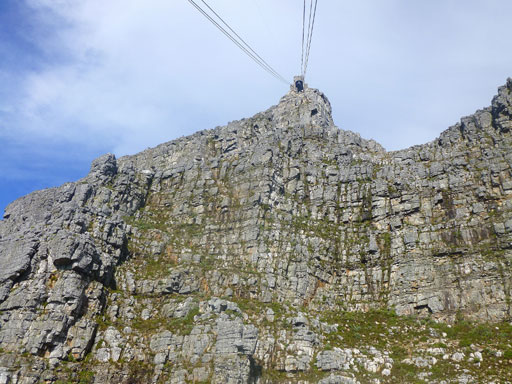
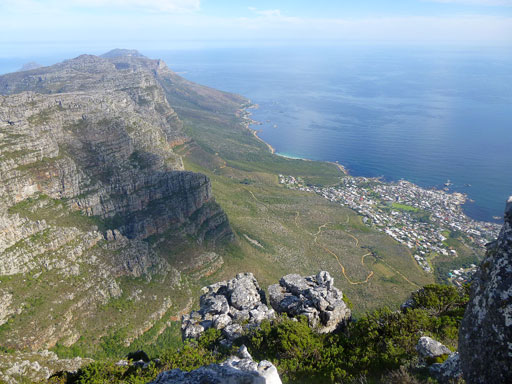
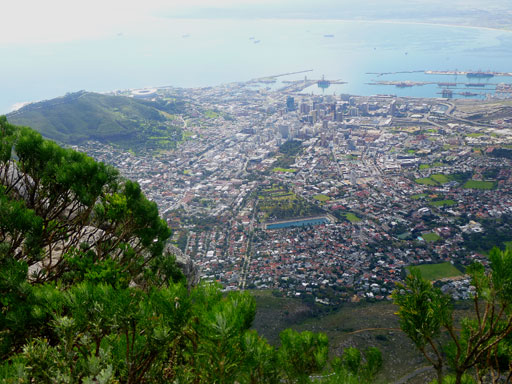
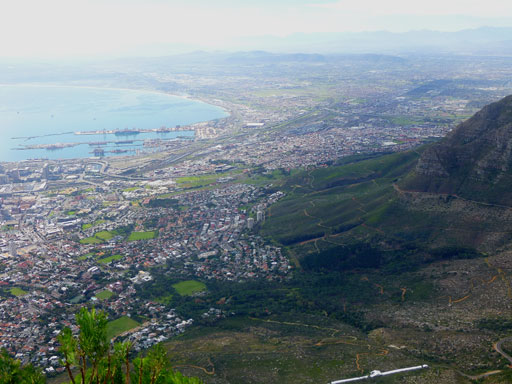
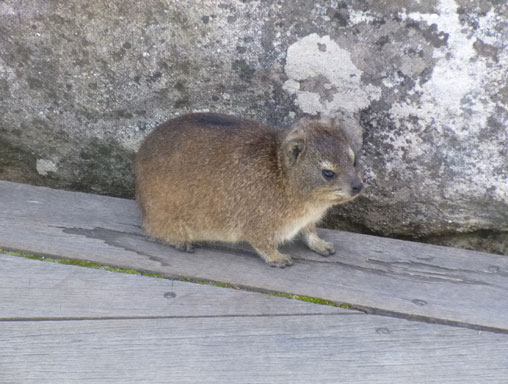
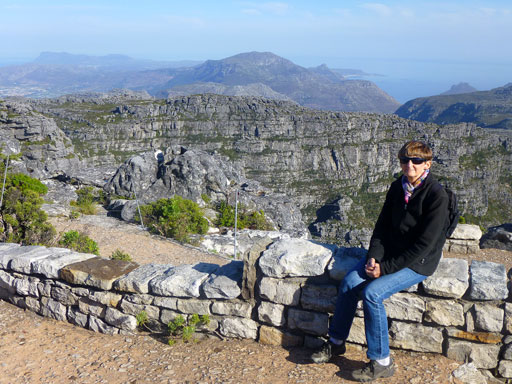
As our two weeks in Cape Town came to a close, the weather was definitely taking a turn towards the cool and damp of winter. We headed northeast leaving more of Cape Town still to be experienced some day.
Click here to return to our Africa 2014 page
Click here to return to our 'Searching the World for People Friendly Cities' page
![]()